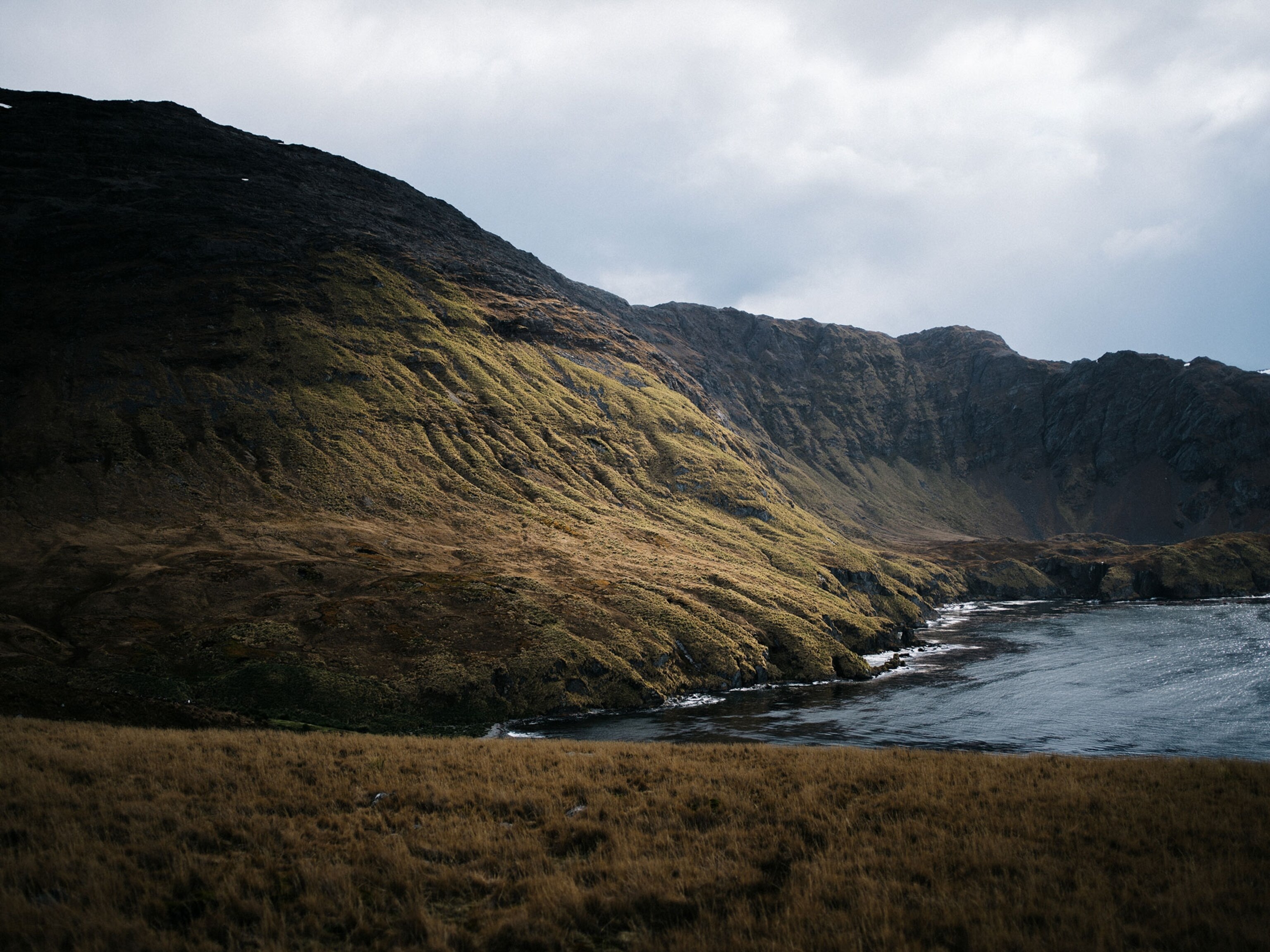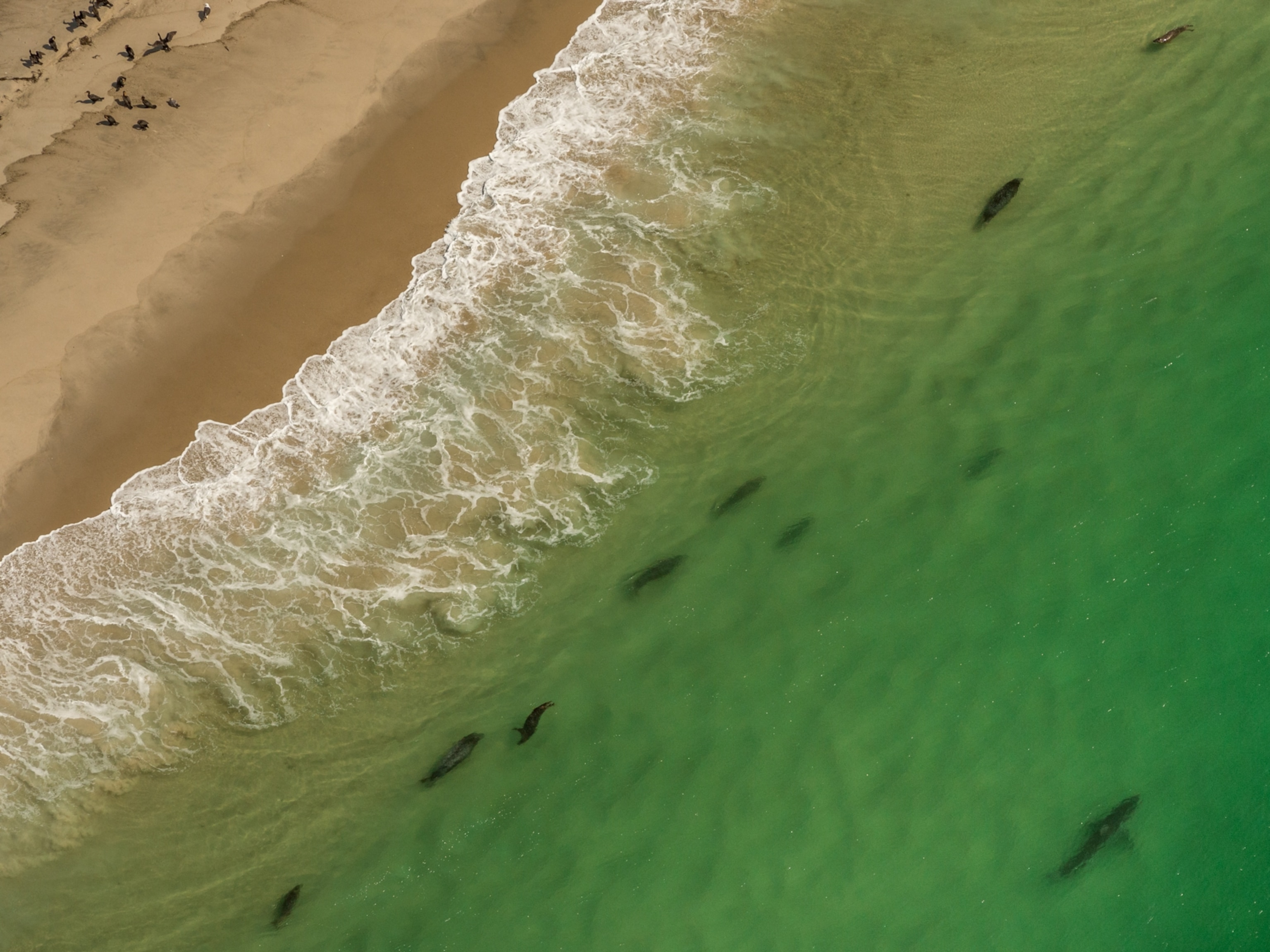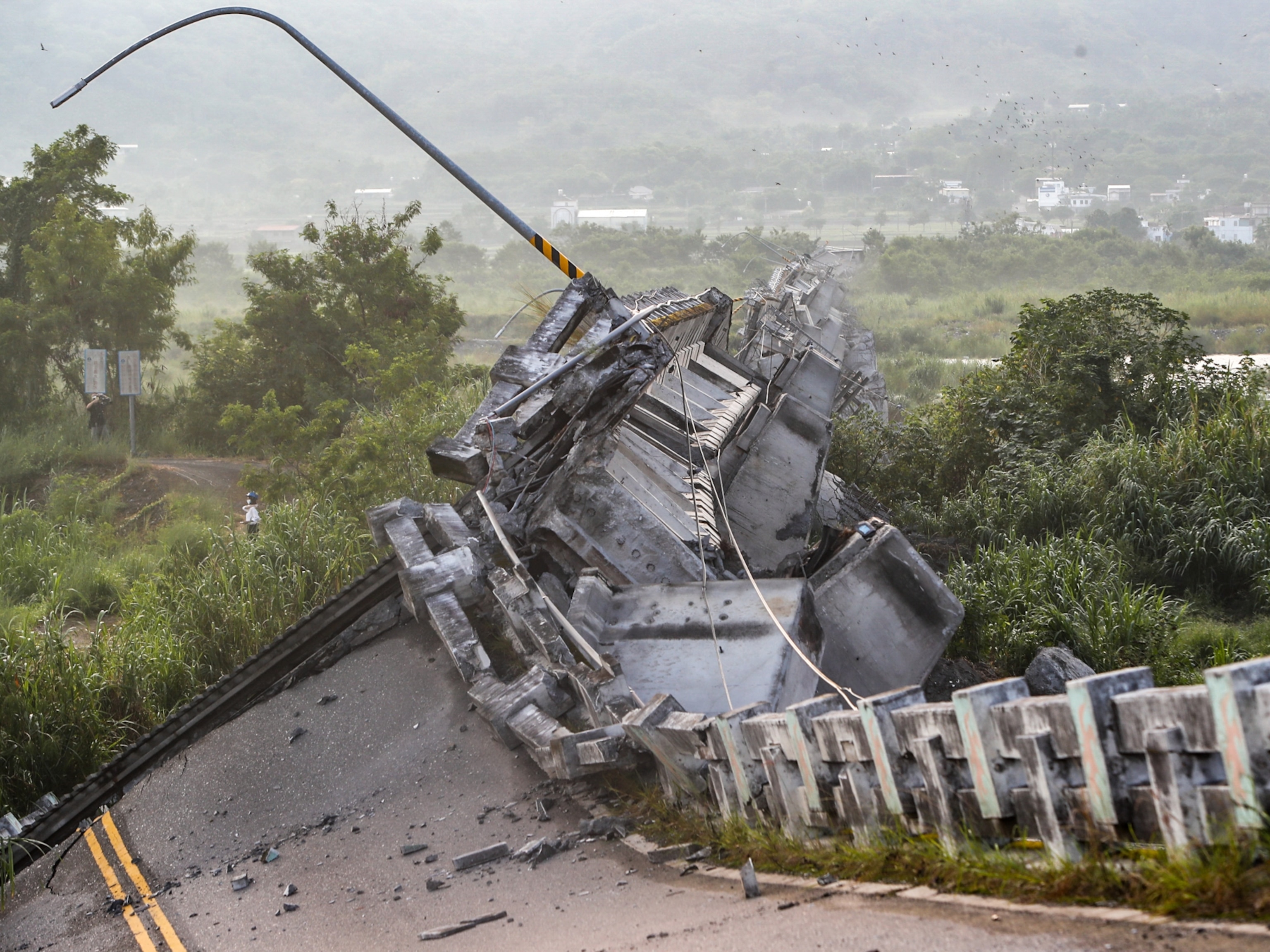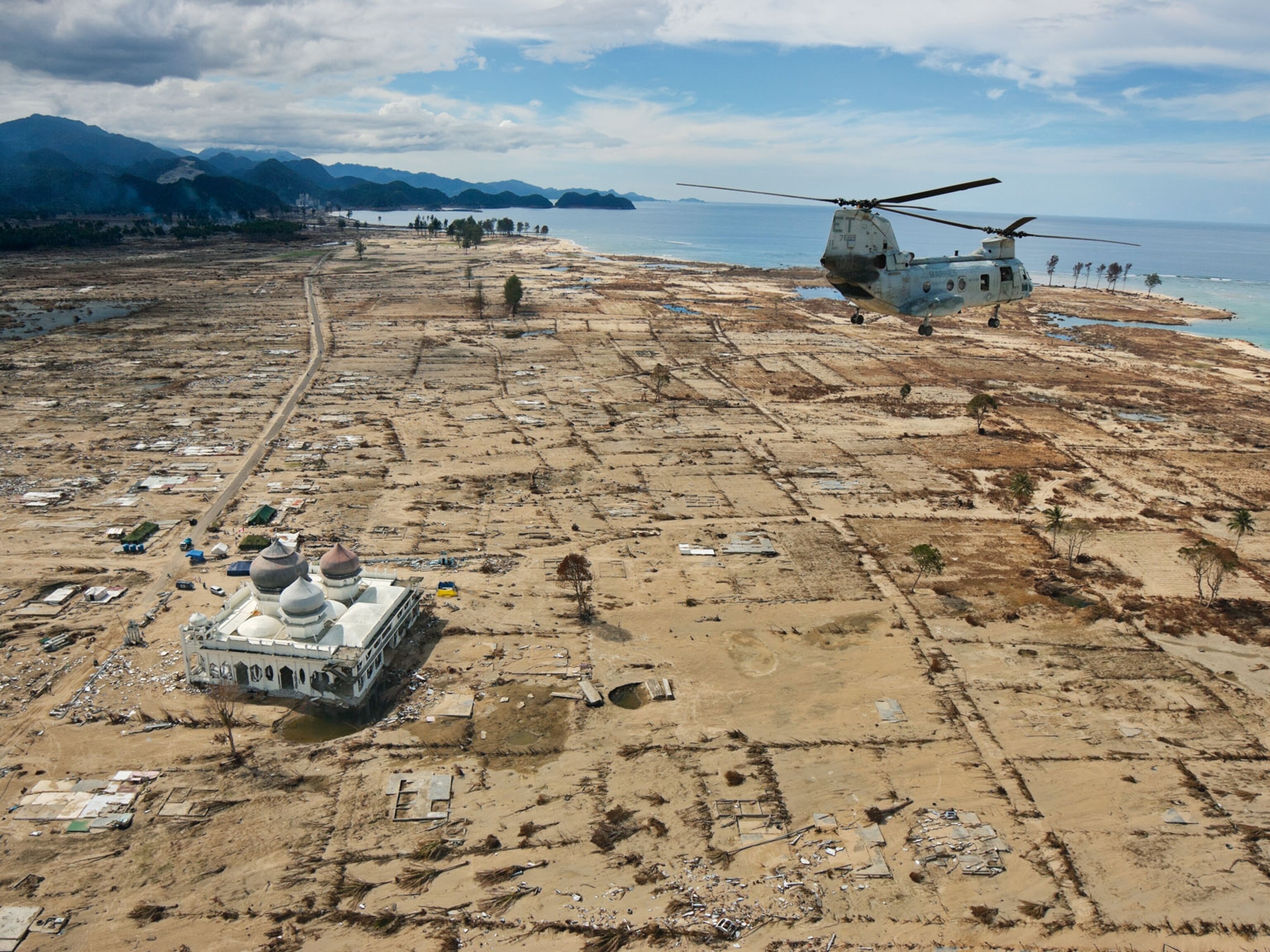
Tsunami safety tips
These massive waves involve intense force and overwhelming volumes of water. Here's how to prepare.
With the ability to approach shores at 30 miles an hour and rise more than 100 feet high, tsunamis pose a deadly threat to coastal populations. The 2004 Indian Ocean tsunami and the 2011 Tohoku tsunami are two vivid and tragic examples of these waves' destructive power.
The most important step in staying safe during a tsunami—or any natural disaster, for that matter—is to know how vulnerable your area is in the first place. Many local governments map hazard areas and evacuation routes for communities at risk, while the U.S. National Weather Service offers a nationwide map with links to resources.
"Know what your risks are," says Kevin J. Richards, a natural hazards officer for the Hawaii Emergency Management Agency. "What's likely going to impact your home or your area?"
How to prepare
● Know the warning signs of a tsunami: rapidly rising or falling coastal waters, a loud roar from the ocean, or rumblings of an earthquake. “If people along the Indian Ocean coastline on December 26, 2004, were aware of and heeded these natural warnings, fewer people would have died,” says Rocky Lopes, administrator of the National Tsunami Hazard Mitigation Program. He adds, “A strong myth is that tsunamis always cause the ocean to recede before [the powerful] waves flood in. In some areas, particularly on islands, water recession may not happen.”
● Familiarize yourself with your government's warning system and subscribe to alerts. In the U.S., NOAA Weather Radio is a good resource.
● Map your evacuation route—not just for your home, but work, school or caregivers, or any place else where your family tends to be. Know how to get to safety on foot—roads may not always be feasible.
● Have your evacuation plan ready and rehearsed now. That way, Richards says, "You don't have to think about it. You just go and do it."
● Keep an emergency kit or "go bag" handy at home or in your car. The American Red Cross offers tips for stocking it here, including food, water, and a cell phone with chargers.
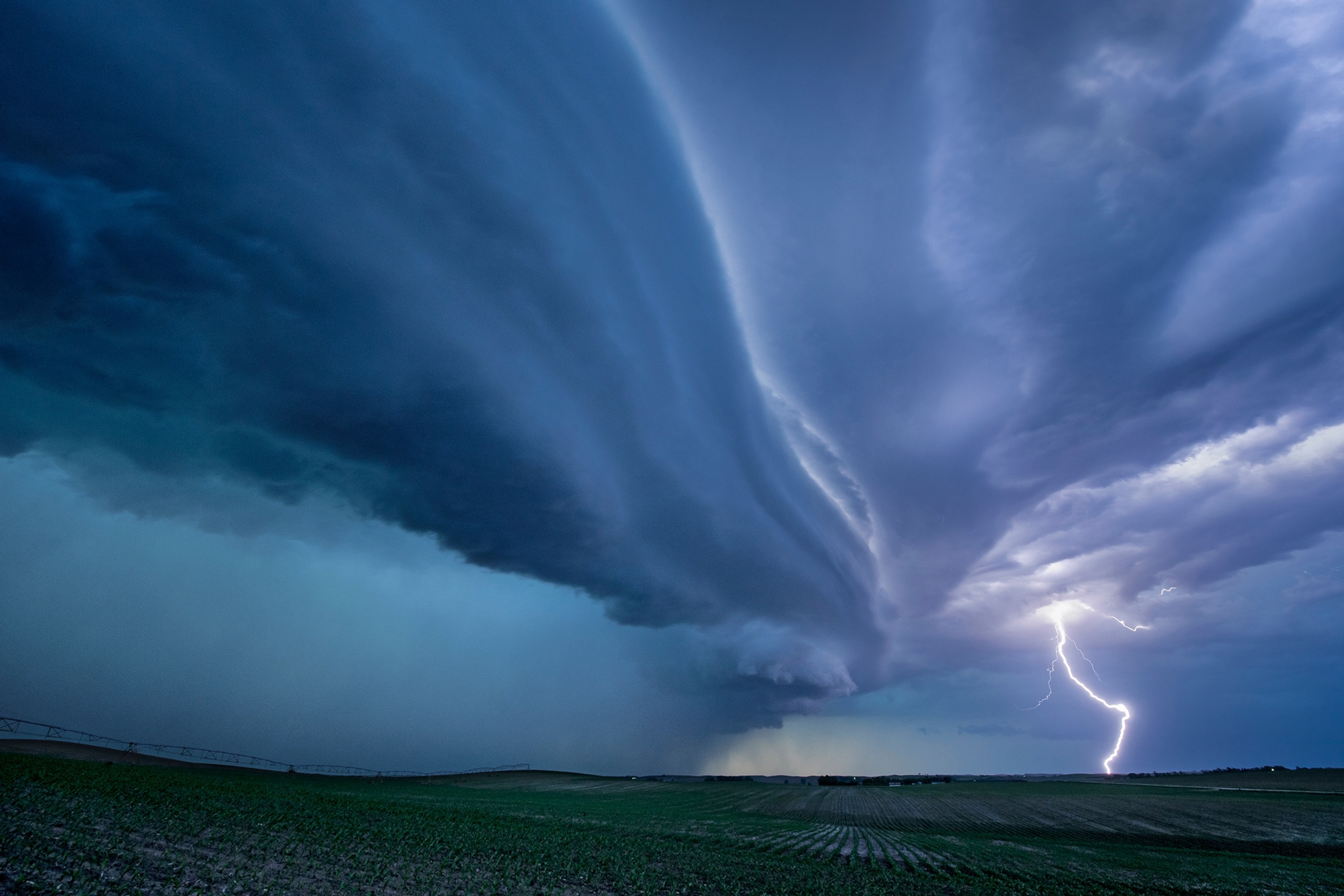







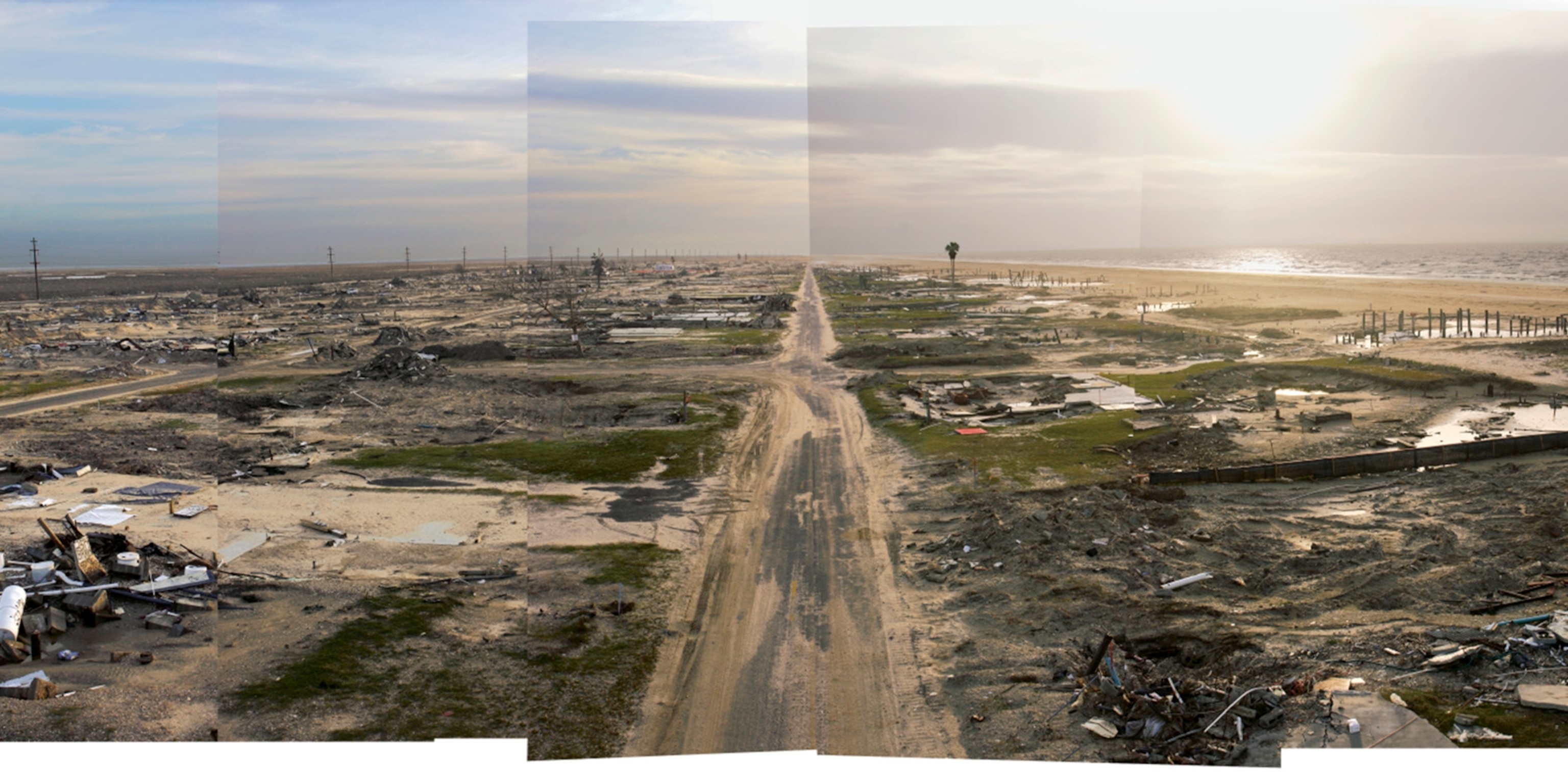
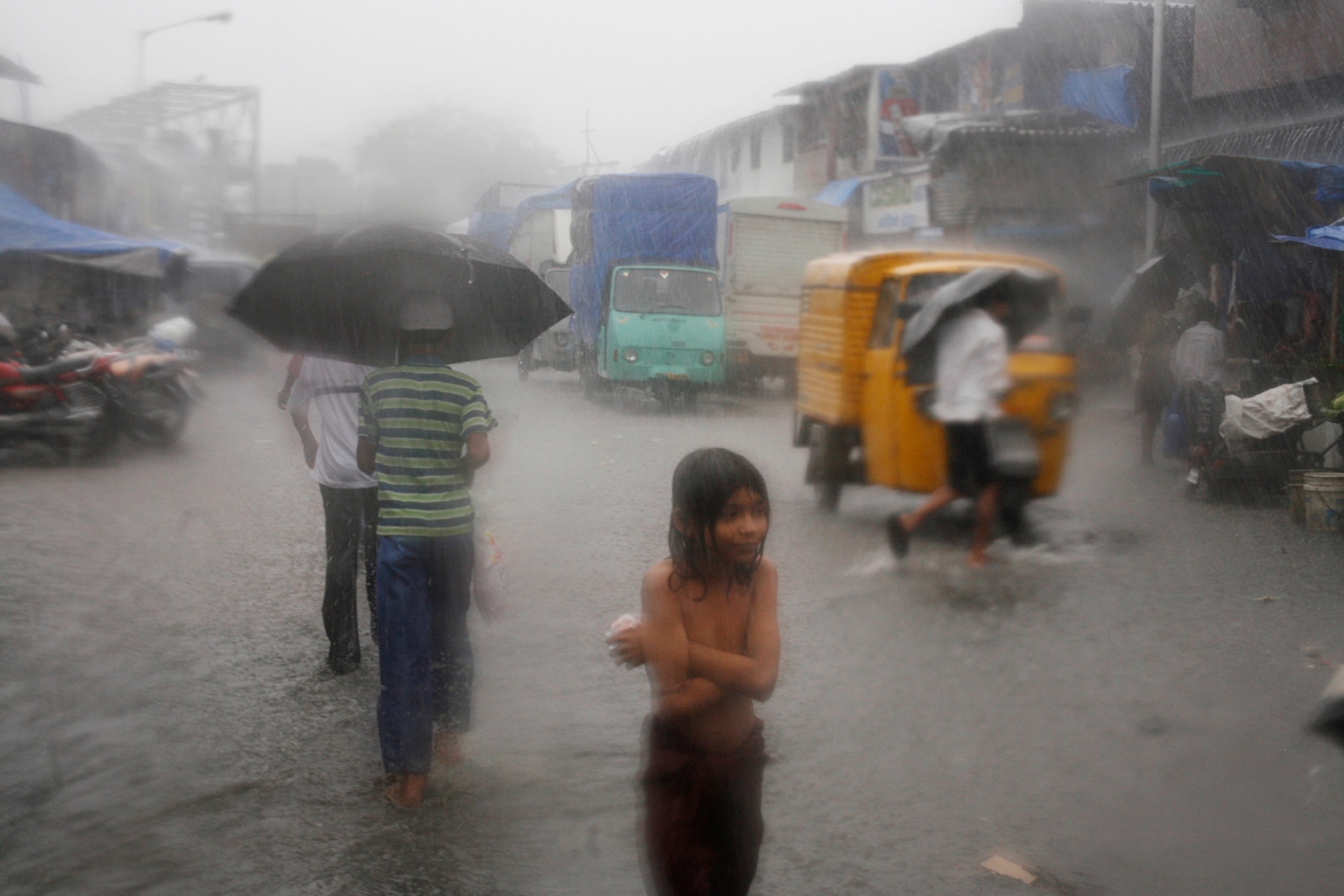



● Coordinate with loved ones on reuniting. "What happens when the family has to respond from separate areas?" Richards recommends asking. "How do you eventually come back together?"
During a tsunami
● If you're in a tsunami area and there is an earthquake, first drop to the floor, cover your head and neck, and hold on to something stable. If you're in a low-lying area, move inland as soon as possible.
● Listen for official warnings, but also listen and watch for natural signs. "Listen to the authorities, but do not wait for tsunami warnings and evacuation orders," counsels the U.S. site Ready.gov.
● People often mistake the distance they have to go to be safe. "Many people think they've got to go miles," Richards says, "when it might be just right behind Johnny's house." If you're a visitor staying in a tall concrete hotel, he adds, going above the fourth floor likely will be safer than evacuating.
● Stay put in a safe area until an official all-clear is given. The first wave of a tsunami may not be the last or the strongest and the danger can last for hours or even days, according to the National Weather Service.
After a tsunami
● Stay clear of damaged or flooded areas and downed power lines.
● Listen for further alerts and instructions about evacuation zones and shelters.
● Use texts and social media to communicate with loved ones, as phone systems are likely to be down or busy. The American Red Cross has a registry where you can list yourself as safe and well.
Follow these common-sense guidelines from the U.S. Centers for Disease Control and Prevention on food and water safety, including using bottled, boiled, or treated water and throwing away perishable foods left unrefrigerated for more than four hours.
Related Topics
You May Also Like
Go Further
Animals
- This ‘saber-toothed’ salmon wasn’t quite what we thoughtThis ‘saber-toothed’ salmon wasn’t quite what we thought
- Why this rhino-zebra friendship makes perfect senseWhy this rhino-zebra friendship makes perfect sense
- When did bioluminescence evolve? It’s older than we thought.When did bioluminescence evolve? It’s older than we thought.
- Soy, skim … spider. Are any of these technically milk?Soy, skim … spider. Are any of these technically milk?
- This pristine piece of the Amazon shows nature’s resilienceThis pristine piece of the Amazon shows nature’s resilience
Environment
- This pristine piece of the Amazon shows nature’s resilienceThis pristine piece of the Amazon shows nature’s resilience
- Listen to 30 years of climate change transformed into haunting musicListen to 30 years of climate change transformed into haunting music
- This ancient society tried to stop El Niño—with child sacrificeThis ancient society tried to stop El Niño—with child sacrifice
- U.S. plans to clean its drinking water. What does that mean?U.S. plans to clean its drinking water. What does that mean?
History & Culture
- Meet the original members of the tortured poets departmentMeet the original members of the tortured poets department
- Séances at the White House? Why these first ladies turned to the occultSéances at the White House? Why these first ladies turned to the occult
- Gambling is everywhere now. When is that a problem?Gambling is everywhere now. When is that a problem?
- Beauty is pain—at least it was in 17th-century SpainBeauty is pain—at least it was in 17th-century Spain
- The real spies who inspired ‘The Ministry of Ungentlemanly Warfare’The real spies who inspired ‘The Ministry of Ungentlemanly Warfare’
Science
- Here's how astronomers found one of the rarest phenomenons in spaceHere's how astronomers found one of the rarest phenomenons in space
- Not an extrovert or introvert? There’s a word for that.Not an extrovert or introvert? There’s a word for that.
- NASA has a plan to clean up space junk—but is going green enough?NASA has a plan to clean up space junk—but is going green enough?
- Soy, skim … spider. Are any of these technically milk?Soy, skim … spider. Are any of these technically milk?
- Can aspirin help protect against colorectal cancers?Can aspirin help protect against colorectal cancers?
Travel
- What it's like to hike the Camino del Mayab in MexicoWhat it's like to hike the Camino del Mayab in Mexico
- Is this small English town Yorkshire's culinary capital?Is this small English town Yorkshire's culinary capital?
- This chef is taking Indian cuisine in a bold new directionThis chef is taking Indian cuisine in a bold new direction
- Follow in the footsteps of Robin Hood in Sherwood ForestFollow in the footsteps of Robin Hood in Sherwood Forest

